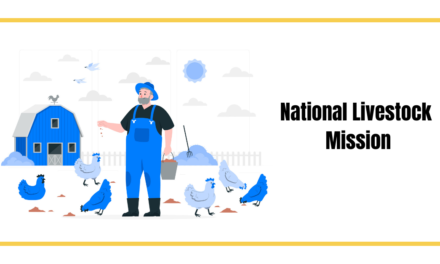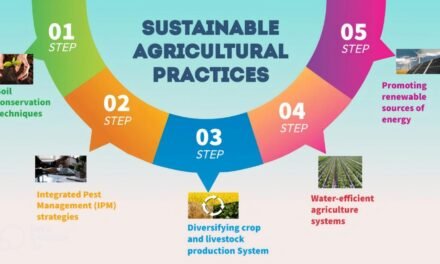India’s cotton production is projected to increase by 12% this year, marking a significant boost for the agricultural economy and the textile industry. This growth is driven by a combination of favorable weather conditions, improved seed technology, increased acreage under cultivation, and government support for cotton farmers. As the largest producer of cotton globally, India plays a critical role in meeting domestic textile demand and supporting exports of cotton and cotton-based products.
One of the primary reasons for this increase is the expansion of cotton cultivation in major producing states like Gujarat, Maharashtra, Telangana, Andhra Pradesh, and Haryana, where farmers have benefited from timely monsoons and improved irrigation facilities. The adoption of high-yielding genetically modified (GM) Bt cotton seeds has significantly enhanced productivity, helping farmers achieve higher yields per hectare while addressing challenges such as pest attacks, particularly bollworms.
The government’s policies, including Minimum Support Prices (MSP) for cotton and procurement through agencies like the Cotton Corporation of India (CCI), have provided price stability and encouraged farmers to increase cultivation. Additionally, initiatives under the National Food Security Mission (NFSM) and state-level programs have promoted sustainable farming practices, including integrated pest management and water-efficient irrigation systems, further supporting production growth.
The rising global demand for cotton, particularly from the textile and garment sectors, has also incentivized farmers to prioritize cotton cultivation. India’s export potential remains strong, with key markets like Bangladesh, China, Vietnam, and Turkey driving demand for high-quality Indian cotton. The increase in production is expected to strengthen India’s position in the global cotton trade while supporting the domestic textile industry’s raw material needs.
Technological advancements, including the use of precision farming tools, soil health management, and AI-driven farm advisory services, are helping farmers optimize inputs like fertilizers, pesticides, and water, improving efficiency and reducing production costs. Furthermore, efforts to promote organic and sustainable cotton farming are gaining momentum, catering to the rising global demand for eco-friendly textiles.
With this anticipated growth, the cotton sector is poised to contribute significantly to farmers’ incomes, employment generation, and foreign exchange earnings. The increase in production underscores the resilience of India’s agriculture sector and reinforces its critical role in supporting the country’s textile industry, a key driver of economic growth and employment.









